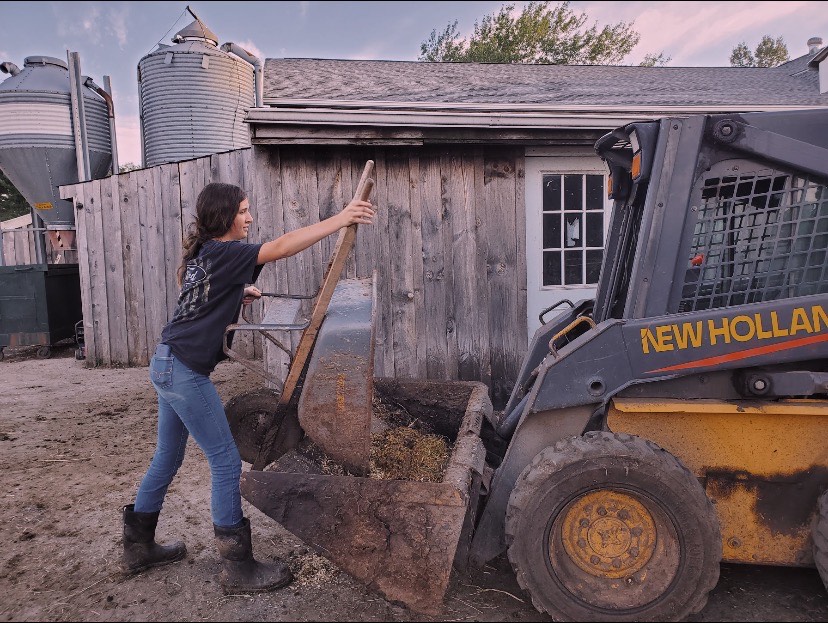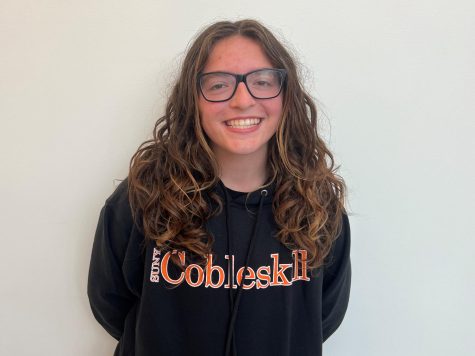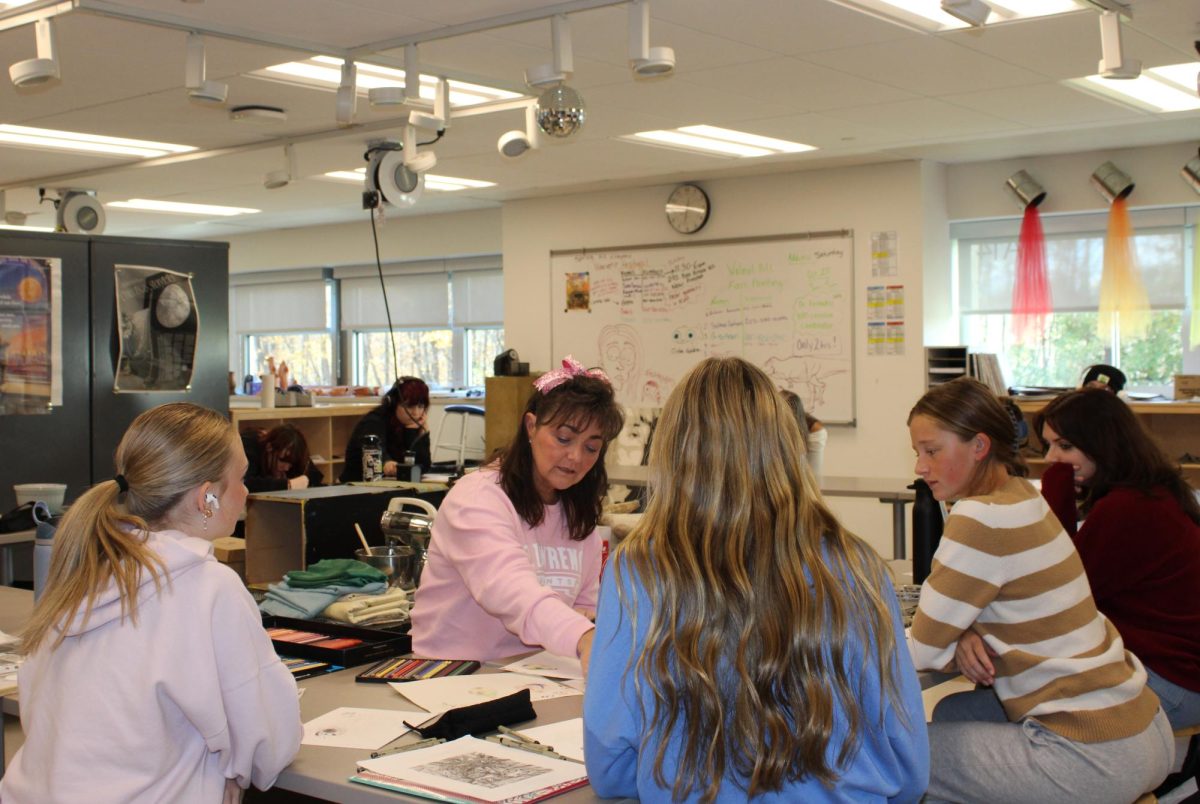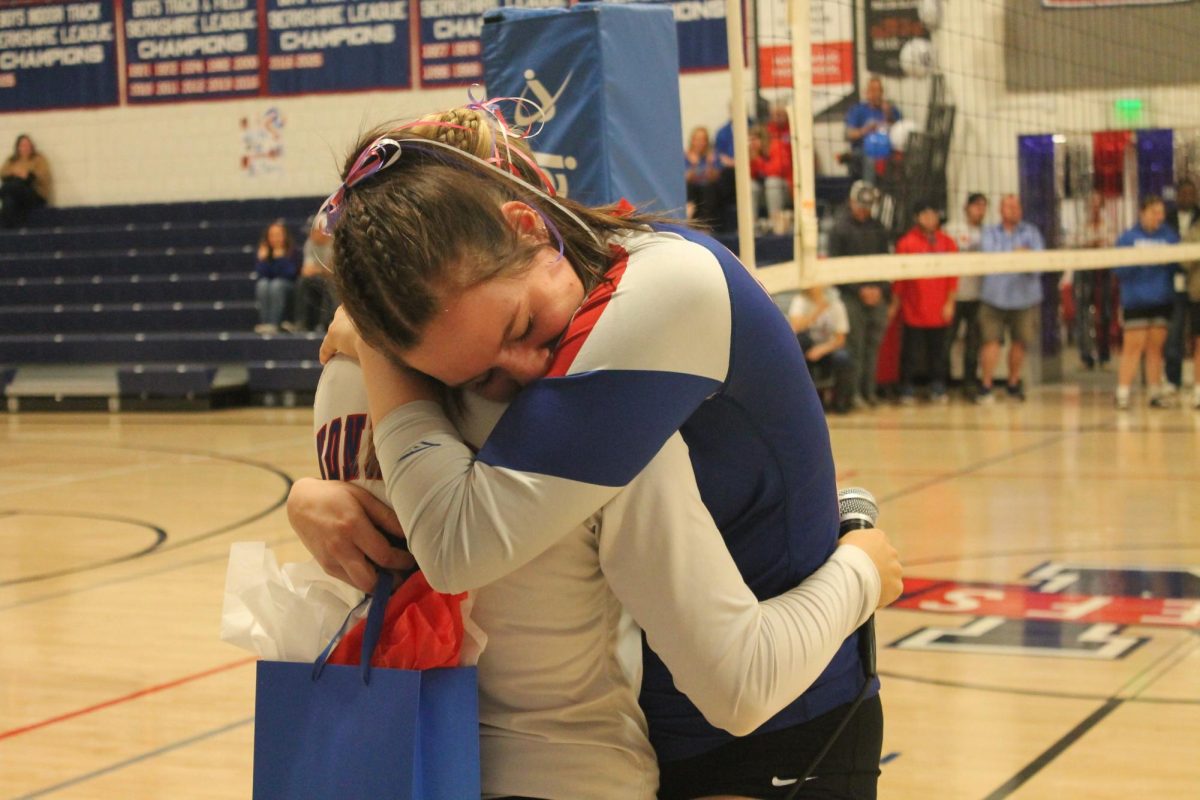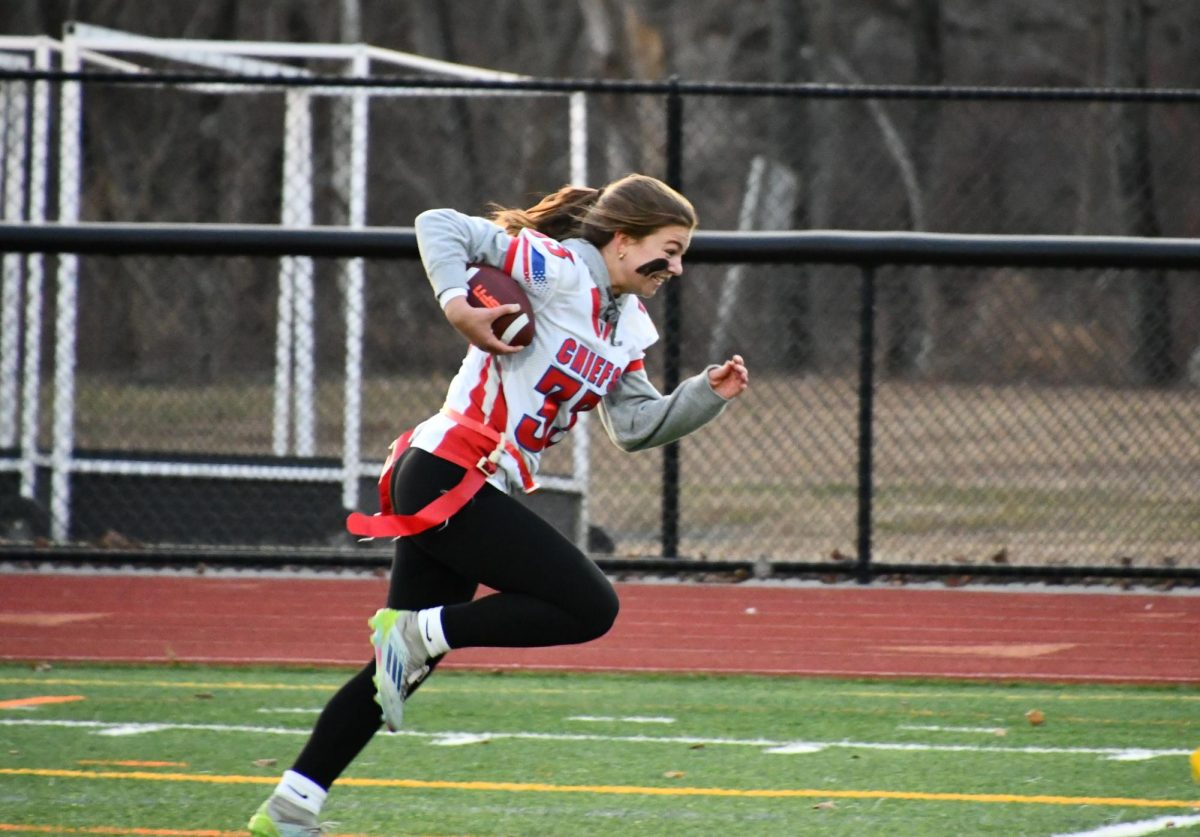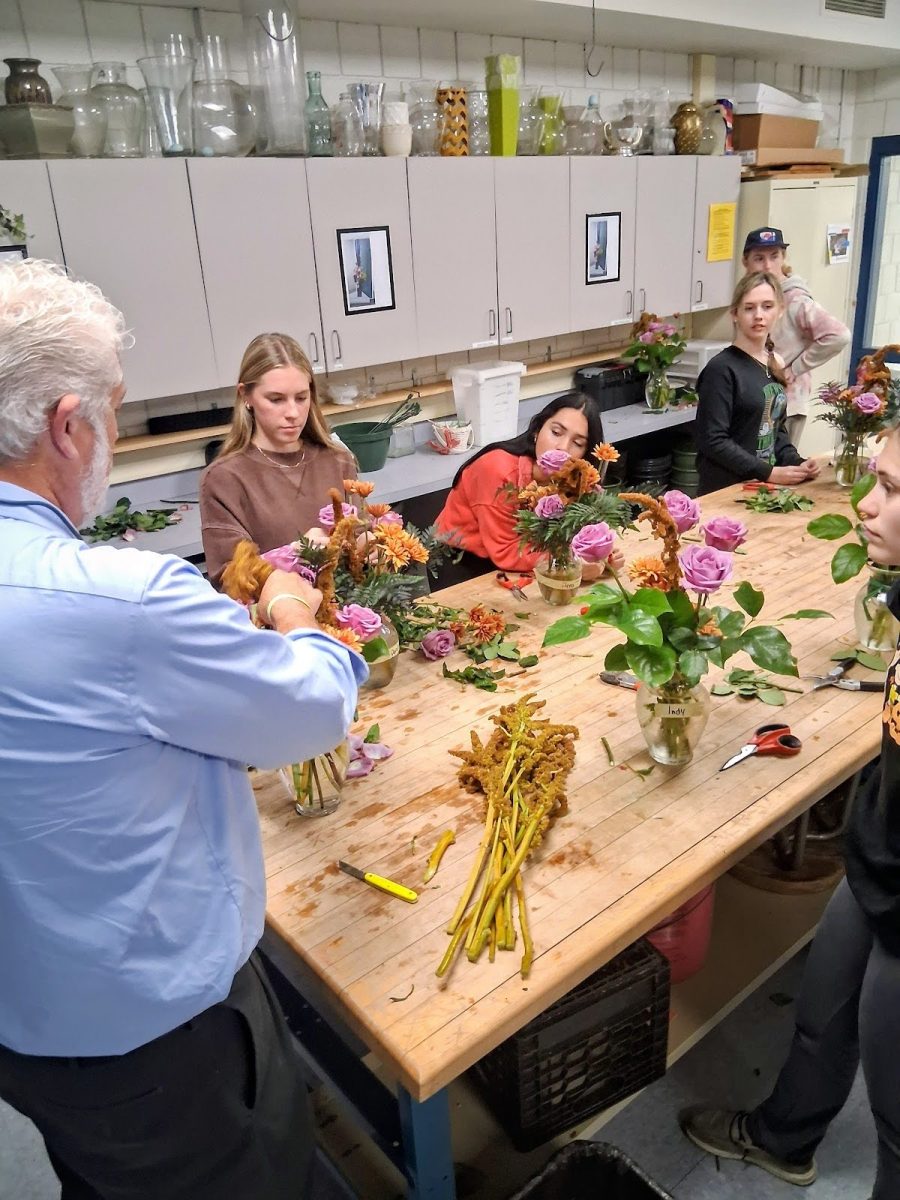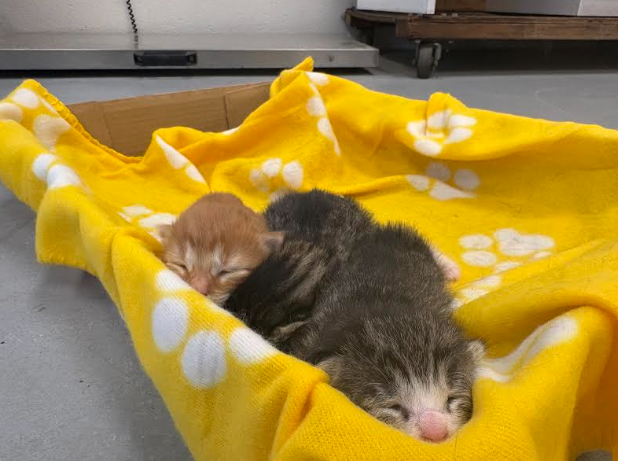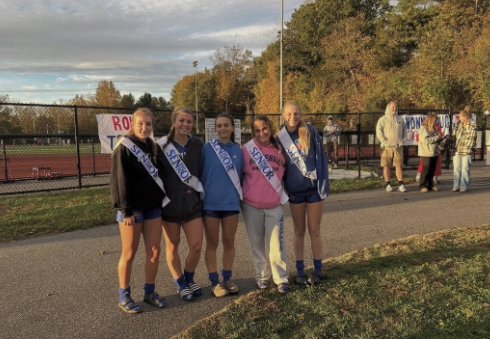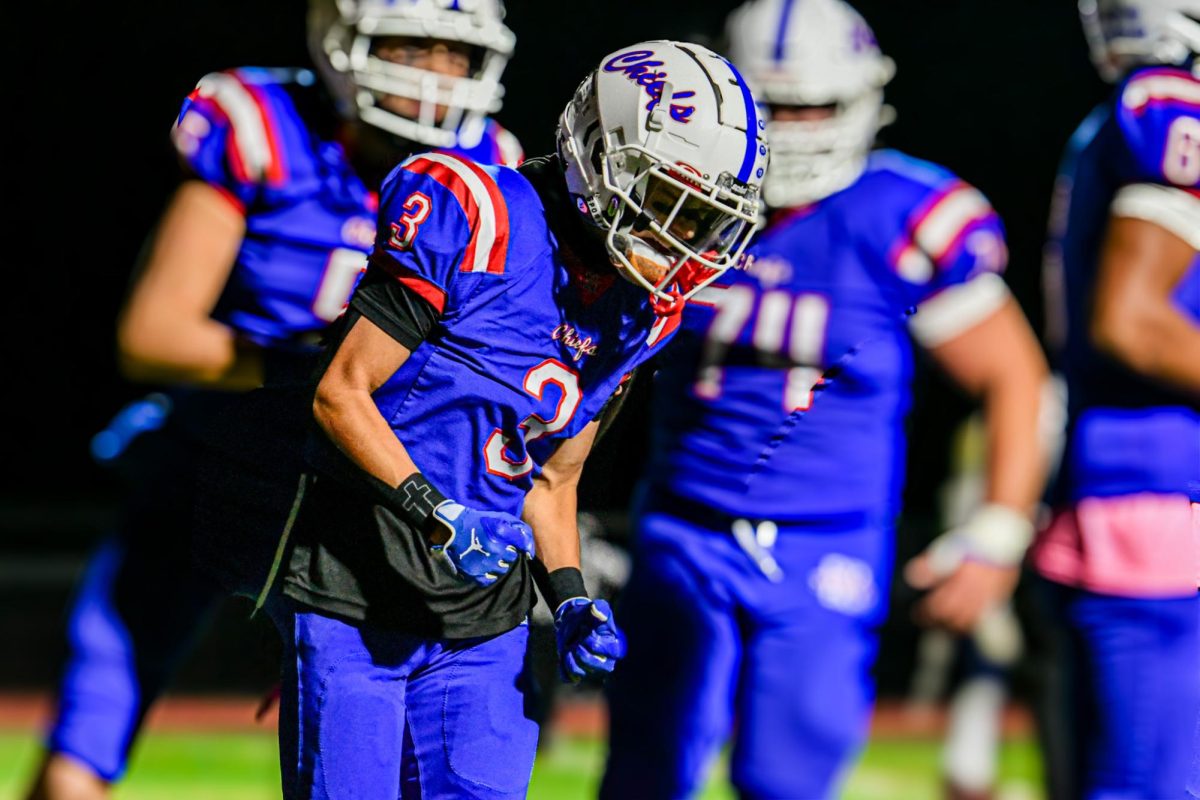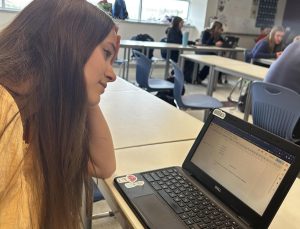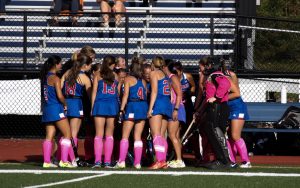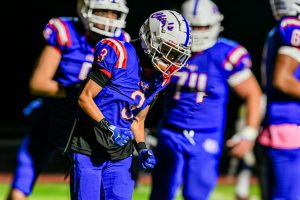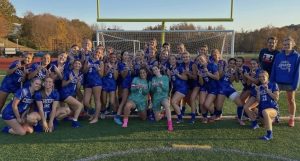SAE Program Sets up Ag Students for Success
Chloe Bombero is one of many Ag students that has benefited from the SAE program; find out what the program is and how it helps students succeed!
June 6, 2022
WOODBURY — What comes to mind when you think of the Ellis Clark Regional Agriscience and Technology Program? Career Development Events? Leadership Development Events? Or is it the SAE program?
Program Basics
SAE, or Supervised Agricultural Experience, is an agricultural experience done in a paid workplace setting, as entrepreneurship or apprenticeship, by volunteering at a nonprofit agricultural business or related place. It is a requirement for all ag students as a part of their involvement in the Woodbury FFA.
Students are encouraged to choose their SAE based on their interests in agriculture. Many students pick an SAE around their area of interest in school, like a horse management student working at a horse barn, while others chose something different, like an aquaculture student working at a landscaping company.
“[SAE] allows students to apply skills that they have learned in the classroom to a real-life setting,” said Jennifer Jedd, the SAE coordinator for the ag program. “Students also learn soft skills that they can apply to any workplace, such as responsibility, trust, timeliness, how to work with people, accountability, and record-keeping.”
No matter what they chose to do, ag students must earn at least 200 hours during the SAE year (June 1 to May 31 of the following year) in order to remain eligible for the ag program. They also are required to log their hours and paychecks in AET.
AET, or the Agricultural Experience Tracker, is a website where students log their FFA involvement, SAE hours, CDE and LDE practices and competitions, and fill out their resumes. At the end of each quarter, students receive a grade based on how well they keep their records on the website.
Importance
“SAE is crucial because students are able to understand that what they learn in class has a purpose, and it can be applied directly to a job or career,” said Jedd.
Jedd recalled a time when a student connected bird banding from their SAE to the wildlife unit in the natural resources class. It is times like these where teachers can tell the students are getting hands-on and real-life situational skills out of their SAE.
“I think [SAE] is important because students will have something to add to their resume and make them a more well-rounded, marketable person, save up a little money for college or a car or something, and set themselves up for success in their future,” Jedd added.
Through the connections of students’ SAE workplaces, local farms and companies allow the school to take trips to the facilities for class. Many students from throughout the years have worked at Logue Farm or Kalenauskas Farm, and from this, these farms have hosted field trips for freshman animal science class, ag production classes, and multiple CDE teams.
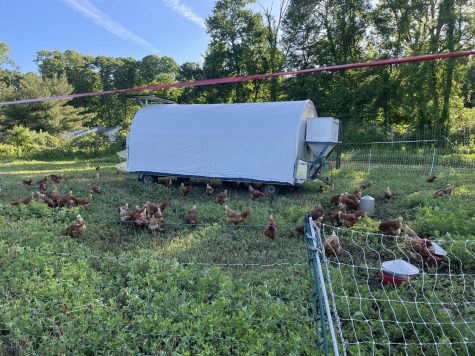
These connections created by the SAE program end up benefiting the employers as well as the school and the education the students receive, in and out of the classroom.
SAE Spotlight
Every agriscience student has an SAE, varying in species of plants and animals, forms of machinery, different locations, and tasks. There are a few students with extraordinary SAEs and to better understand the program it is important to highlight those students.
Chloe Bombero, an NHS junior, works at Breezy Acres Dairy Farm in Bethlehem for her SAE. She takes care of the cows daily by milking and feeding them as well as caring for the calves and cleaning the barns.
“I’ve learned so much in class, like nutrition or spotting signs of a sick cow, that I apply it at my SAE,” said Bombero, a large animal production student. “My SAE has taught me so much, which I can now take and use at school when working with the animals.”
Students use their SAE’s management practices and bring them to the school, where the school can benefit from the knowledge, especially for critical aspects like animal management and welfare.
“I have two SAEs, one at a private residence in Oxford and the other is at Beacon Valley Animal Hospital,” said Vicky Koether, a sophomore.
At the private residence, Koether works with goats, chickens, and a horse by feeding them and cleaning their pens. She also works on training the goats and a horse while working at the residence.
At Beacon Valley Animal Hospital, she works as a vet assistant where she helps the doctor and vet techs with restraints, drawing blood, clipping nails, and giving shots. She also assists with ultrasounds and surgery prep.
“It gives me an advantage learning how to work and run a veterinary office in the real world and how to handle animals of all temperaments,” added Koether.
The Impact
“[SAE] allows students to explore different potential careers and pathways in the agricultural field, and allows them to see what a job may really be like, and help them determine their future career,” said Jedd. “Many students have changed their desired career because of an SAE and I think that is the most important part.”
SAE gives students a taste of the workforce while still having support from their school to allow them to thrive. They are able to experiment with possible careers before they make a decision on what they will study in college and the industry they will work in for the rest of their lives.



